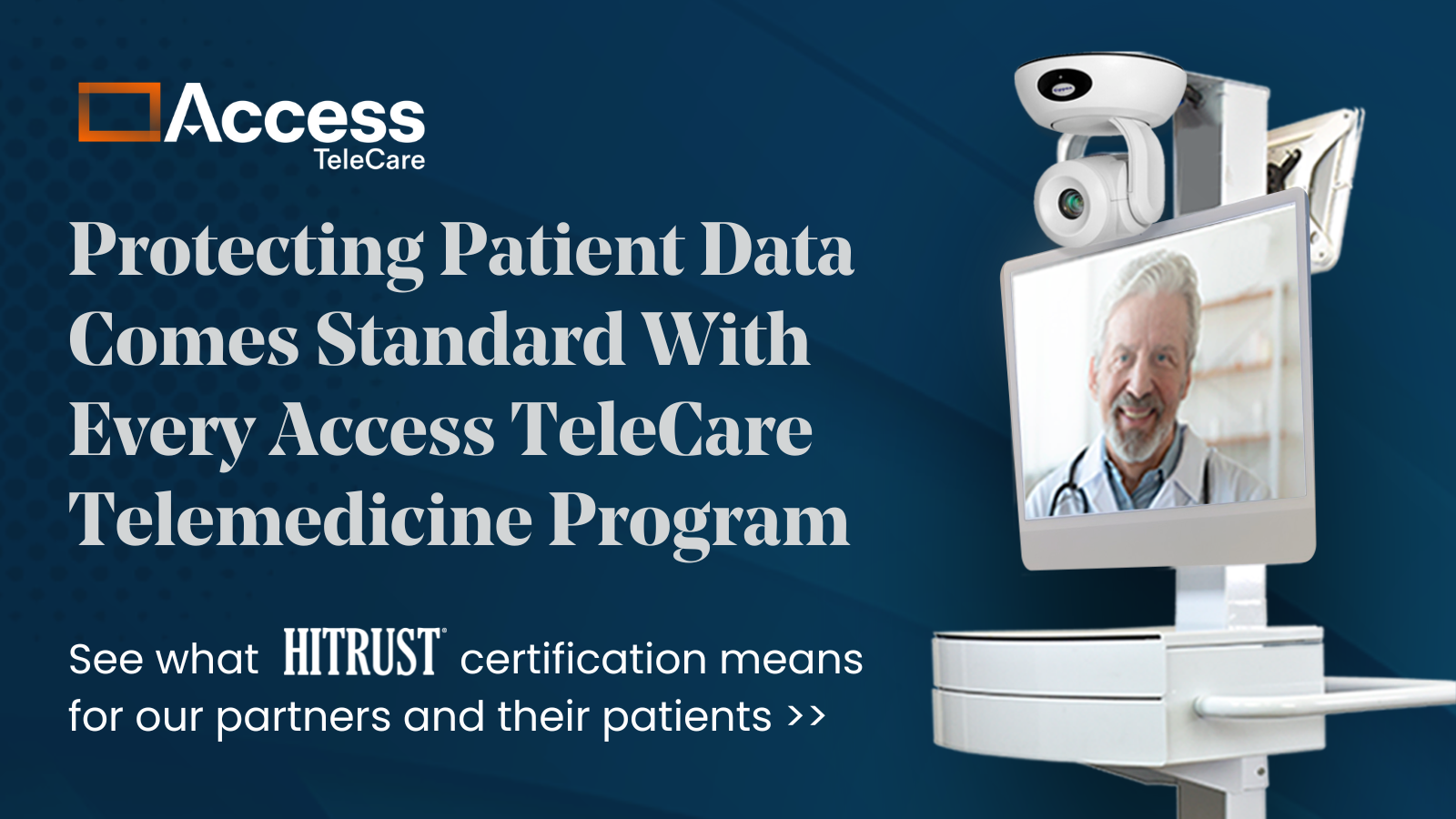Dr. Jason Hallock, Chief Medical Officer
The COVID-19 crisis has made it clear: the business model of many hospitals is no longer viable as presently constructed, in the absence of elective procedures. The economic reality we are in demands a different strategy, one where health systems do more to optimize their spending, and weather the economic storm with efficiencies gained. It is important to understand how telemedicine powers fractionalized medicine.
One target for a more efficient care model is in the costs associated with the provision of coverage. In hospitals and outpatient care today, coverage comes in the form of doctors providing care to patients on day-long shifts—something we’ve all taken for granted.
But what if we didn’t have to provide care that way? What efficiencies could we gain by moving to on-demand care where warranted?
How Can Fractionalized Medicine Help?
Enter telemedicine, and the powerful concept of fractionalized clinical work. The idea is simple: match the supply of care to demand with on-call, off site doctors with telemedicine.
Instead of staffing based on an estimate of care needs, build automatically-scaling coverage into your day, or your week, or your most uncertain shifts.
Most commonly, when adding a virtual program into an onsite operation for support, a hospital system will opt to preschedule the days or times of day for virtual care. By planning an “either/or” model, providing both a doctor on-site or available virtually, health systems can avoid the clunky exercise of bolting onsite and virtual services together at the same time.
The great thing about telemedicine is that those prescheduled times and shifts don’t have to be full days or even “half days.” Instead, we can fractionalize the work to cover timeframes as small as an hour.
In the brick and mortar arena, it’s hard to add a half shift. But with telemedicine, it’s easy to provide coverage in small time increments.
This concept can extend into the ED with virtual triage, where it’s sometimes common to need coverage for a few hours of overflow when the queue backs up. For those hospitals with unpredictable surges, more evolved systems can offload escalating work to many sites, or even overflow to a network of home-based providers.
Telemedicine Platforms Expand Existing Capacity
Telemedicine-trained physicians do not have to come from outside physician groups or vendors, either. Your clinicians can use the telemedicine platform to triage patients remotely or provide in-house coverage offsite. With telemedicine in place, your doctors can access on-demand Emergency Department (ED) and urgent care patients from home. Even the notion of the ‘virtual bunker’ has now become virtual. Emergency Medicine physicians or hospitalists can triage Skilled Nursing Facility patients and determine if they need to come to the hospital or stay in their regular place of care.
“The old saying used to be if you staffed to predicted volume, you were understaffed half the time and overstaffed the other.” – Dr. Jason Hallock
The old saying used to be if you staffed to predicted volume, you were understaffed half the time and overstaffed the other. Telemedicine meets both ends of the challenge with supply-side elasticity and fractionalized care. At a high level, telemedicine has the power to make clinician staffing a variable cost from what has traditionally been a fixed cost.
The world is changing, and health systems need more efficient ways of conducting business. Patients are more comfortable with remote technology than ever before. Doctors are stretched thin and in search of relief. But with acute care telemedicine, health systems can face an uncertain economic future head-on and build programs to meet the efficiency needs of the future.
****
If your hospital is struggling with optimizing spending and weathering the current economic storm, we can help. Please contact us today to understand the power of fractionalized medicine.







